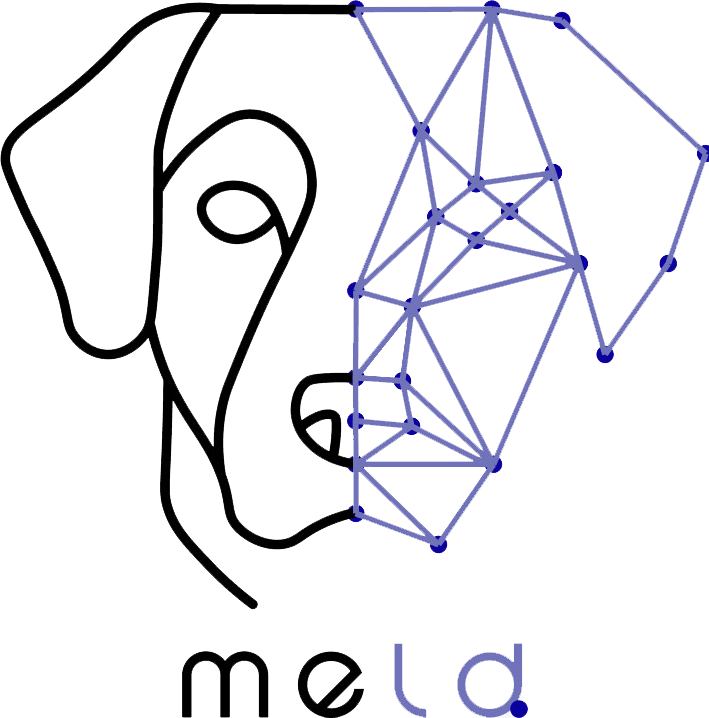This paper investigates the barriers to the adoption of pet wearables by pet owners, specifically focusing on “amotivations” – reasons for not purchasing or using these devices. Through a study involving 200 pet owners, the research found that perceived lack of durability and high entry cost are the main barriers to adoption. The qualitative analysis further revealed a complex interplay of various concerns, including cost, durability, welfare, perceived usefulness, accuracy, privacy, technophobia, lack of information, and usability, which often interact and strengthen each other, creating a “snowball effect” that hinders adoption. The study contributes to understanding what constitutes “deal-breakers” for pet owners, suggesting that manufacturers need to address these interconnected concerns.
Non-Invasive Computer Vision-Based Fruit Fly Larvae Differentiation: Ceratitis capitata and Bactrocera zonata
This paper proposes a novel, non-invasive method using computer vision

